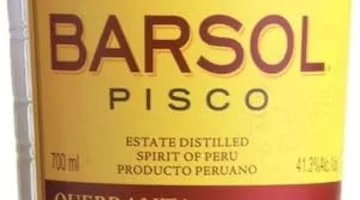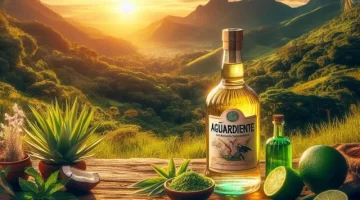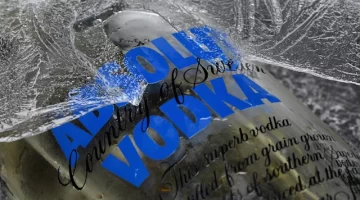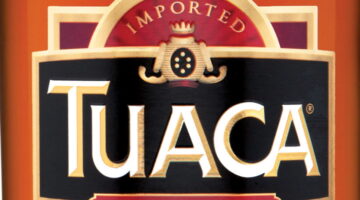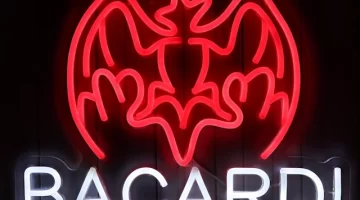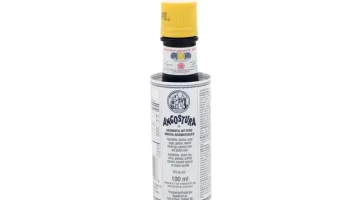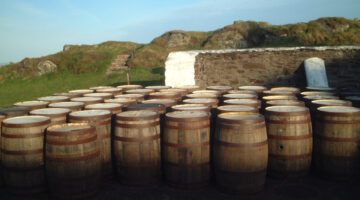The Ultimate Guide to Japanese Whisky
Travel Distilled reviews the ultimate guide to Japanese whisky by Brian Ashcraft, an expert in whisky and Japanese culture, with over 100 Japanese whisky reviews.
There’s something fascinating about Japanese spirits. I’ve written several posts about Japanese gin and they immediately become the most visited pages on this site.
Reviewing this book about Japanese whisky was, therefore, an absolute pleasure. The fact that it also had tasting notes by Japan’s leading whisky blogger, Yuji Kawasaki, was an extra bonus. I counted 105 Japanese whiskies reviewed here, which certainly helped me add to my knowledge of Japanese whiskies.
Japanese Whisky
Let’s start with the book itself. Japanese Whisky is a beautifully-produced hardback of 144 pages, just a little smaller than an A4 sheet of paper. It’s filled with hundreds of lovely photos: of distilleries, distillers, whisky bottles, labels, bars, bartenders, barrels, of historic photos and of contemporary photos that leap out of the page. Most of the photos have been specially shot for the book by Japanese photographer Idzuhiko Ueda. Japanese Whisky is also beautifully designed, making it both easy to navigate and easy to read.
The Author
Brian Ashcraft is originally from Texas but has lived in Osaka since 2001. I think one of the reasons this book is so good is that he is not just a writer about whisky. I’ve every respect for all the very knowledgeable whisky writers that there are out there, but some who write about nothing but whisky sometimes get obsessed with tiny details, or lose touch with what the average whisky fan wants to know.
That’s far from the case with Brian Ashcraft. He’s written for a variety of publications, including Wired, The Guardian, and Popular Science, so is a long way from being a whisky nerd. He also has a broad knowledge of Japanese culture, and has written books on topics including Japanese tattoos, arcade games, and saké.
Also contributing to the book is Lew Bryson, who has been writing about whisk(e)y for over twenty years and who has written a foreword. Then there are those whisky reviews by Yuji Kawasaki, who writes the whisky blog with the excellent name: One More Glass of Whisky.
A History of Japanese Whisky
The book begins, naturally, with a history of Japanese whisky, when the first imported whiskies arrived to challenge the traditional local drinks like saké and scochu. It explains how the Japanese refined whisky – as they did with other cultural imports – to suit local tastes, and ultimately how they went on to sell their whiskies back to the world, big-time.
The Scottish Connection
What’s enjoyable about the book is that it isn’t a dry retelling of events. As the writer is a journalist as well as a book author, he has an eye for the unusual story, the anecdote, the facts beyond the conventional. He tells the fascinating story of Scotsman Thomas Blake Glover, who arrived in Japan in 1859 at the age of 21 as an agent for a Hong Kong trading company. His job was to buy green tea, but he ended up as a gun-runner for Samurai rebels (quite a career move) and being given the nickname, The Scottish Samurai. There’s a whole book to be written about this character alone (and I hope Brian Ashcraft writes it).

How Japanese Whisky is Made
Subsequent chapters explain the Japanese whisky-making process, what makes it different, the making of Japanese whisky barrels, the country’s drinking culture, how Japanese whisky swept the world, and the ultimate question: what makes Japanese whisky ‘Japanese’?
Japan’s Leading Distilleries and Whiskies
In Part Two of the book the author looks in detail at the greatest names in Japanese whisky, names like Yamazaki and Chichibu. Each of the six distilleries chosen gets a chapter to itself, and again it’s not a dull recounting of their story and a list of the whiskies they’ve made.
The author’s journalistic background comes out and he visits the distilleries to talk to the distillers and other people who work there. This way he gets a unique first-hand look at each of those famous names, and this is also where the whisky reviews come in, within the relevant chapter. For the chapter on the Suntory Yamazaki Distillery, for example, there are no fewer than 29 reviews of different Suntory Japanese whiskies.
The Ultimate Guide
The subtitle of this book is ‘The Ultimate Guide to the World’s Most Desirable Spirit’. When I see a book described as the ‘ultimate guide’ I immediately get suspicious, as very often it means you get a quantity of facts, not quality. I also feel they’re going to have to work hard to prove it to me, while I try to find some way of showing that it isn’t the ultimate guide because they don’t include this or that.
That’s far from the case with this book, as you get quality as well as quantity, and it’s hard to imagine a more thorough guide to the fascinating subject of Japanese whisky. It’s a credit to all concerned.
Buying this Ultimate Guide to Japanese Whisky
Japanese Whisky is published by Tuttle at $19.99 in the USA and is available worldwide. You can order it from Amazon. If the book whets your appetite you can find a wide range of Japanese whiskies at Master of Malt.
Buying this Ultimate Guide to Japanese Whisky
Japanese Whisky is published by Tuttle at $19.99 in the USA and is available worldwide. You can order it from Amazon. If the book whets your appetite you can find a wide range of Japanese whiskies at Master of Malt.





